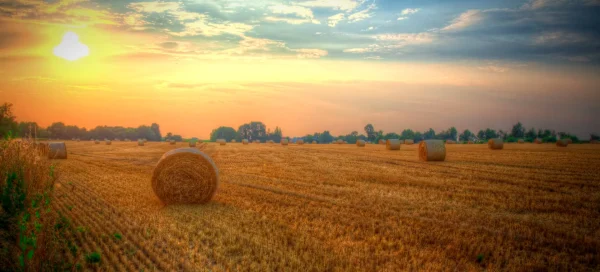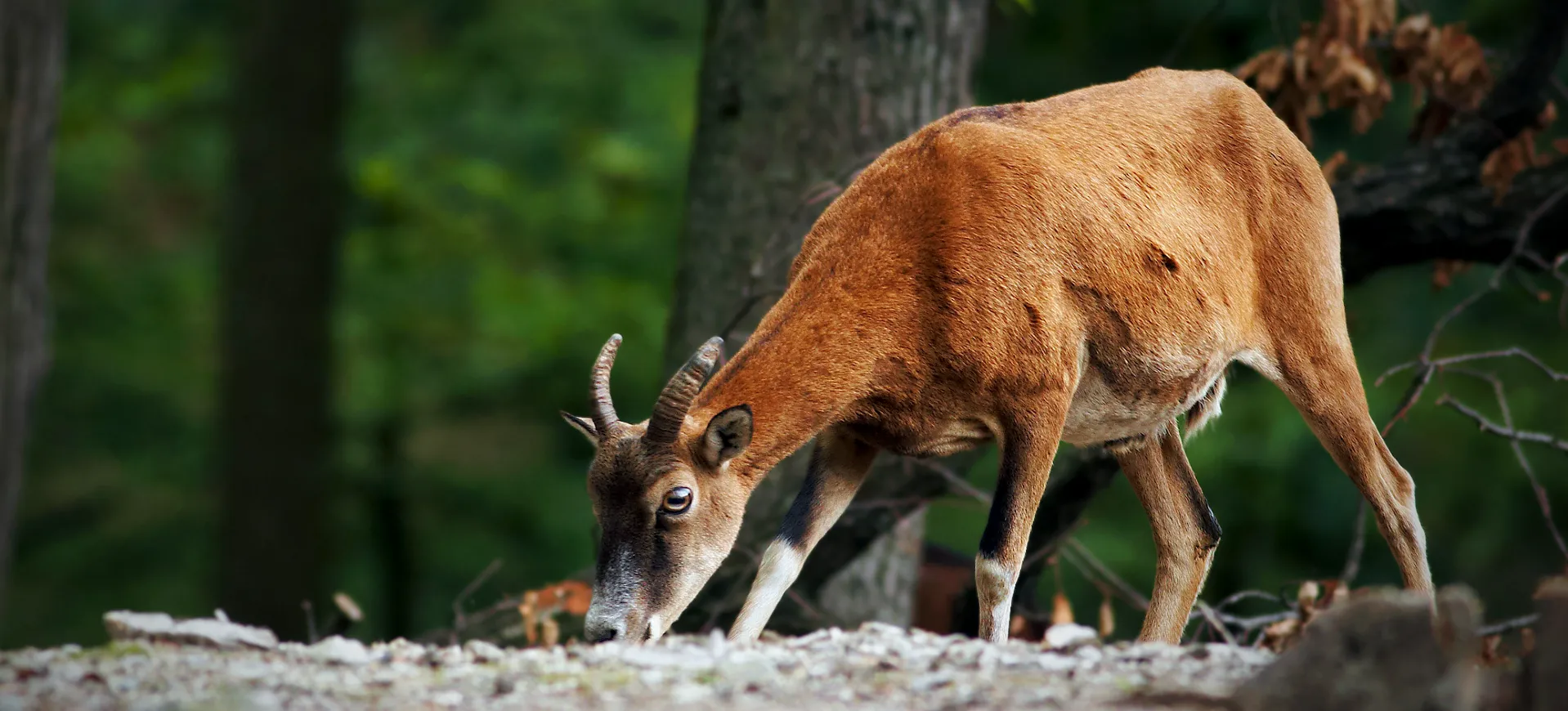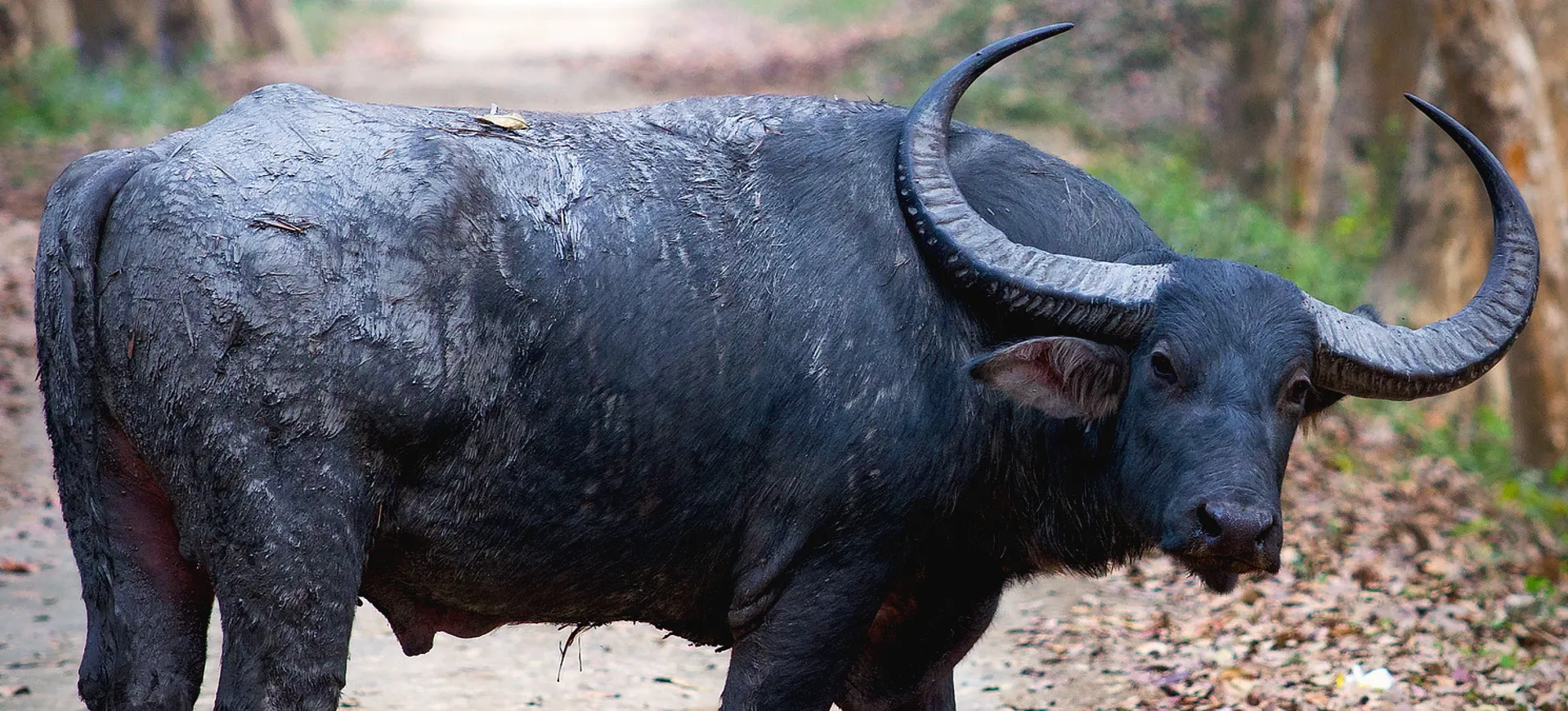Overview
The Texas Longhorn is a breed of cattle known for its characteristic long, curved horns extending over 7 feet from tip to tip. Originating from feral Spanish stock brought to the Americas, these cattle are symbols of the Old West, admired for their hardiness, adaptability, and distinctive appearance. Texas Longhorns are not just notable for their horns; they come in various colors and patterns, often displaying a speckled or patched coat with hues ranging from black, brown, and white to orange and blue. They are an integral part of North American history, having played a crucial role in the cattle drives of the 19th century.
These cattle are exceptionally hardy and can thrive in arid environments where other breeds might struggle. They are renowned for their resistance to diseases and parasites, which made them valuable in the harsh conditions of early American cattle ranching. Texas Longhorns are also known for their longevity and reproductive efficiency, often continuing to breed beyond the age of other cattle breeds. Their gentle disposition and intelligence make them a favorite among ranchers and hobbyists.
Conservation and breeding programs have played a significant role in maintaining the population of Texas Longhorns, as their numbers dwindled in the early 20th century. These efforts, spearheaded by enthusiasts and organizations like the Texas Longhorn Breeders Association of America, have ensured that the breed survives and thrives. Today, while they are no longer the workhorses of massive cattle drives, they are celebrated as part of cultural heritage events, competitive shows, and sustainable ranching practices.
Taxonomy
Kingdom
Phylum
Class
Order
Family
Genus
Species
Type
RANGE
Current distribution:
Texas Longhorns are no longer found roaming wild in large numbers. However, they are widespread across the United States, particularly in Texas, Oklahoma, and other parts of the Southwest. These cattle are mostly kept on ranches, in state parks, and on preserves, where they are managed but often allowed to graze and roam in a semi-natural state.
In some areas, like the Wichita Mountains Wildlife Refuge in Oklahoma, longhorns are part of conservation programs and live in conditions similar to those of their wild ancestors. These programs aim to preserve the breed's genetic diversity and historical significance while allowing them to exhibit natural behaviors.
Physical Description:
Texas Longhorns are medium-sized cattle with a striking and rugged appearance. The most prominent feature is their horns, which curve upward and reach over 7 feet wide. These horns are not just for show; they were historically a defense mechanism against predators. The body of a Texas Longhorn is muscular and lean, built for endurance and survival in tough environments.
The coat of a Texas Longhorn is one of its most variable and admired features. They can be any color or mix of colors but are often seen with a speckled or patched pattern. The coat is typically short and sleek, suitable for the hot climates they often inhabit. Adult males (bulls) are larger and more robust than females (cows), with more pronounced horns and muscular stature.

Lifespan: Captivity: ~20 Years

Weight: Male: 1,500-2,200 lbs (680-1,000 kg) || Female: 800-1,200 lbs (360-540 kg)

Length: Male & Female: 82-104 inches (209-264 cm)

Height: Male: 54-60 inches (137-152 cm) || Female: 48-54 inches (122-137 cm)

Top Speed: 15 mph (24 km/h)
Characteristic:
Native Habitat:
The Texas Longhorn is native to North America, particularly the arid and semi-arid regions of the southwestern United States. They are well adapted to the varied terrain, from open prairies to scrublands. Their historical range once extended throughout much of the central and southern United States, driven by the massive cattle drives of the 19th century.
Today, while they are found in many parts of the United States, Texas remains the symbolic heartland of the Longhorn. They are kept on ranches, parks, and private lands, often as part of conservation and heritage breeding programs. Their adaptability means they can thrive in many environments, but they are most closely associated with the open ranges of the American Southwest.
Biomes:
WWF Biomes:
Biogeographical Realms:
Continents:
Countries:
Diet:
Diet & Feeding Habits:
Texas Longhorns are known for their ability to thrive on sparse and low-quality forage that would not sustain other cattle breeds. They are primarily grazers, feeding on various grasses and plants available in their environment. Their efficient digestive systems effectively extract nutrients from poor-quality vegetation.
In addition to their natural foraging, Longhorns in managed herds might receive supplemental feed, especially in winter or during droughts. Their adaptable diet is one of the key factors in their ability to thrive in diverse environments, from lush pastures to arid scrublands. Historically, the breed’s feeding habits have made them a favorite for ranchers in challenging environments.
Mating Behavior:
Mating Description:
Texas Longhorns have a polygynous mating system, where dominant bulls mate with multiple females. During the mating season, bulls often display strength and dominance to attract females and deter rivals. They use their large horns in battles for access to breeding females, although these confrontations rarely result in serious injury.
Females typically give birth to a single calf after a gestation period of around 285 days. Calving can occur year-round, but there is often a peak in the spring. The breed is known for its reproductive longevity, with cows often continuing to produce offspring well into their later years. Calves are born small and agile, able to stand and walk within hours, a trait that historically made them less vulnerable to predators on the open range.
Reproduction Season:
Birth Type:
Pregnancy Duration:
Female Name:
Male Name:
Baby Name:
Social Structure Description:
Like most cattle, Texas Longhorns are social animals with a defined herd structure. A herd usually has a hierarchy with dominant individuals, often older cows or large bulls. They are generally docile and known for their good-natured temperament, although bulls can become aggressive during the breeding season.
Theherd’s social structure plays a role in protecting, grazing, and caring for young people. Calves are typically well integrated into the herd, with mothers and other adults providing protection. The herd provides a social environment that is important for the well-being and survival of individual members, especially in open-range or semi-wild conditions.
Groups:
Conservation Status:
Population Trend:
The population of Texas Longhorns is stable and well-maintained through breeding programs and ranching operations. Interest in the breed for its historical significance, unique appearance, and hardiness has led to a resurgence in its numbers since the early 20th century when they were at risk of extinction. Today, they are not considered at risk, but efforts continue to maintain the genetic purity and health of the population.
Breeding programs, particularly those aimed at conservation and the preservation of historic traits, are crucial for maintaining the diverse genetics of the Texas Longhorn. These programs ensure that the breed’s unique attributes, from distinctive horns to adaptability, are preserved for future generations. The breed is also popular in cultural and historical displays and parades and as a symbol of the American West.
Population Threats:
As a domesticated breed, Texas Longhorns don’t face the same threats as wild species. However, they can be affected by general cattle diseases and parasites. The biggest threat to their genetic integrity is crossbreeding with other cattle breeds, which can dilute the unique characteristics of the Longhorn.
In some areas, habitat loss due to agricultural expansion and urban development can affect the spaces available for grazing Longhorns. As with all livestock, market fluctuations and changes in ranching practices can also impact their population numbers and distribution.
Conservation Efforts:
Conservation efforts for the Texas Longhorn focus primarily on preserving the breed’s genetic heritage and promoting its historical and cultural significance. Organizations like the Texas Longhorn Breeders Association of America work to maintain breed standards, register animals, and promote the Longhorn as a symbol of American heritage.
Many Longhorns are kept in state parks and wildlife refuges, contributing to habitat management and serving as cultural heritage ambassadors. Educational programs and heritage events often feature Texas Longhorns, raising public awareness and appreciation for the breed. These efforts ensure that the Texas Longhorn continues to be a living symbol of American history and a testament to the resilience and diversity of livestock breeds.
Additional Resources:
Fun Facts
- The record horn length for a Texas Longhorn is over 10 feet from tip to tip!
- Texas Longhorns are the official state large mammal of Texas.
- They were critical to the American West’s development, representing the frontier’s spirit.
- Texas Longhorns can adapt to environments that would be challenging for other cattle breeds, thanks to their hardiness.
- Their unique genetic makeup provides resistance to many diseases that affect other cattle.
- The Longhorn’s diverse coloration and patterns mean no two are exactly alike.
- They were one of the first cattle breeds to set hoof in the Americas, brought by Spanish explorers.
- Longhorns have been depicted in countless works of art, literature, and film, symbolizing the ruggedness and independence of the Old West.
- Despite their fierce appearance, Longhorns are known for their gentle and calm demeanor.
- The Longhorn’s ability to thrive on sparse vegetation made them an invaluable asset to early American settlers.














































































